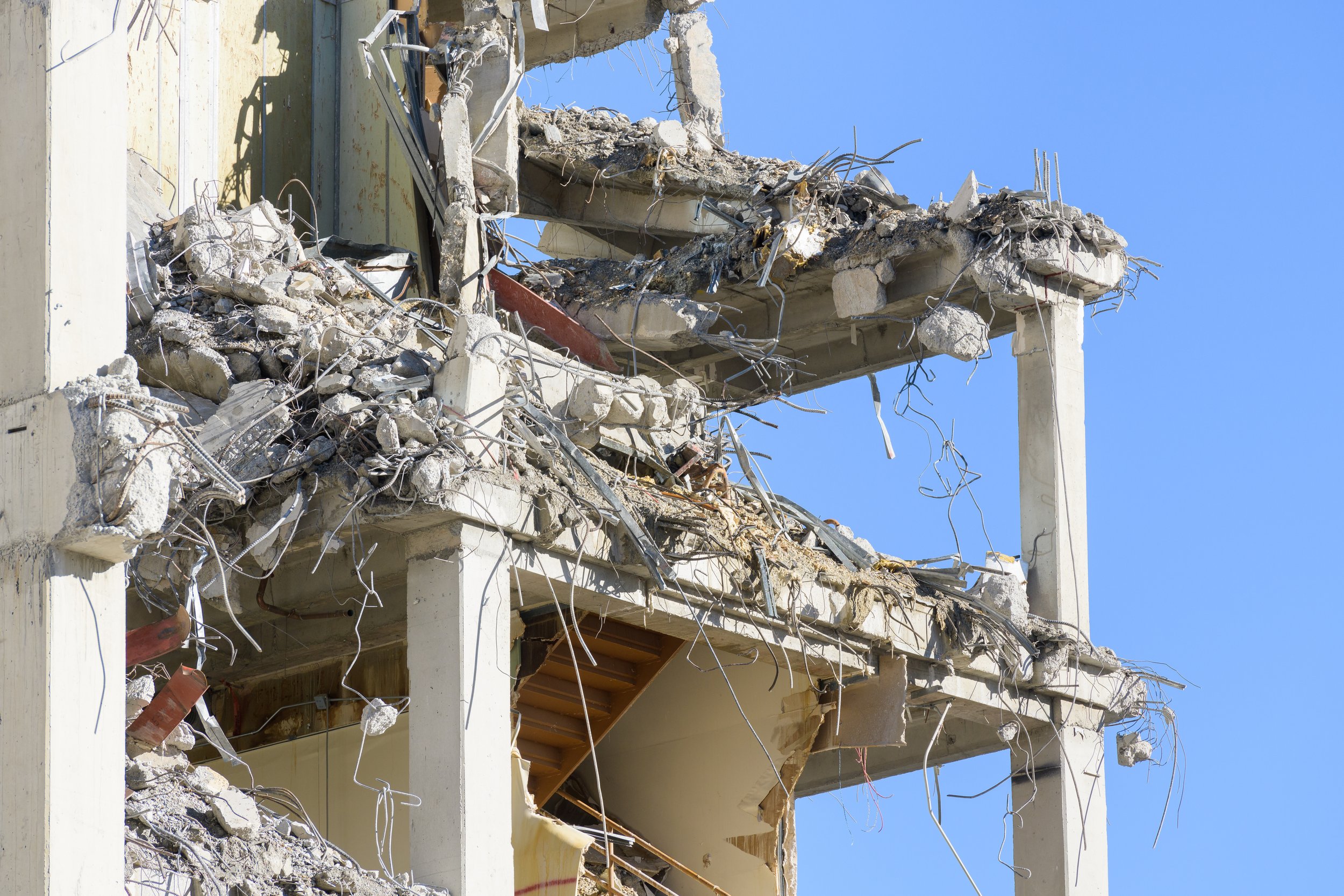
Holcim’s Failing Grade on Climate
D
As Holcim prepares to spin off its North American facilities on the New York Stock Exchange, the company’s poor track record on climate may well make it a risky investment for shareholders.
The company has failed to show measurable progress on reducing the carbon emissions of its U.S. plants. Further, while competitors scale up technologies to produce low-carbon cement in North America, Holcim’s reliance on outdated practices could become a liability for new investors.
Holcim’s valuation is based on a cracked foundation. Here’s how the company’s U.S. operations stack up against reality.
While competitors have been awarded a total of $1.6 billion in federal funding to scale up cutting-edge, low-carbon technologies, Holcim continues to fall behind. Holcim’s record reveals the company’s U.S. facilities lag across key areas, bringing the high price of Holcim’s anticipated North American spin-off into question.
Total On-Site Emissions
Since 2017, has the company reduced total on-site carbon emissions at its U.S. cement plants?
F
-
No. While Holcim's absolute emissions in Europe fell 13% from 2021 to 2023, total carbon emissions from Holcim's U.S. cement plants rose 12% from 2017 to 2022. Holcim has no clear goals to reduce its absolute emissions, either globally or in North America.
Net Zero Roadmap
Has the company published a detailed plan to reach Net Zero by 2050? Does the plan commit to reducing overall emissions, carbon intensity, and clinker-to-cement ratio while minimizing fossil fuels?
C-
-
While Holcim’s roadmap has a specific commitment to reduce carbon intensity, the company is vague when it comes to minimizing carbon-intensive clinker. It also has no commitment to minimize fossil fuels or reduce absolute emissions.
Holcim has not published a plan to reduce emissions from its North American facilities whatsoever.
Flagship Plants
Is the company on track to operate a net zero or near zero cement plant in the United States by 2030?
C
-
No. While competitors are actively scaling up low-carbon projects at U.S. facilities, Holcim is still in preliminary engineering studies at two of its 13 U.S. plants, though it has two demonstration projects in Canada.
Holcim is not on track to have a net zero flagship plant in the U.S. by 2030.
Emissions Intensity
Is the company reducing the emissions intensity from the cement it produces? Is Holcim on track to meet the International Energy Agency’s 2030 benchmark?
C+
-
IEA says cement producers must reduce their CO2 intensity by 3% per year in the critical decade of 2020-2030. Globally, Holcim has reduced CO2 intensity at only half the necessary pace since 2018, falling behind on the job.
Clinker Dependence
Is the company reducing dependence on clinker - which is responsible for 60% of emissions - through low-carbon blended cements or novel cements? What is the company’s average clinker factor?
D+
-
Ordinary cement contains 90% clinker, but additives such recycled concrete, slag, limestone and calcined clay can today produce cement with only 50-60% clinker. While Holcim’s global average is 71.8% clinker, the company does not report average clinker factor for its U.S. facilities.
Materials Efficiency and Circularity
Is the company reducing emissions by reducing cement use in buildings and infrastructure?
I
-
There is overwhelming evidence that improving efficiency in design and construction as well as in the concrete itself can eliminate a major source of emissions. Holcim has set efficiency and circularity goals that are critical to achieving its Net Zero goals by 2050, but fails to adequately track progress on either front.
Holcim earns an Incomplete mark for failure to report track and report.
Energy Efficiency
Is the company improving its thermal energy efficiency and thus reducing its pollution-heavy heating processes?
D
-
No, Holcim's thermal efficiency has not improved, indicating that the company has not made progress to build more modern, efficient kilns that could reduce emissions. From 2021 to 2023, Holcim’s thermal efficiency has remained above the 2019 global industry average.
